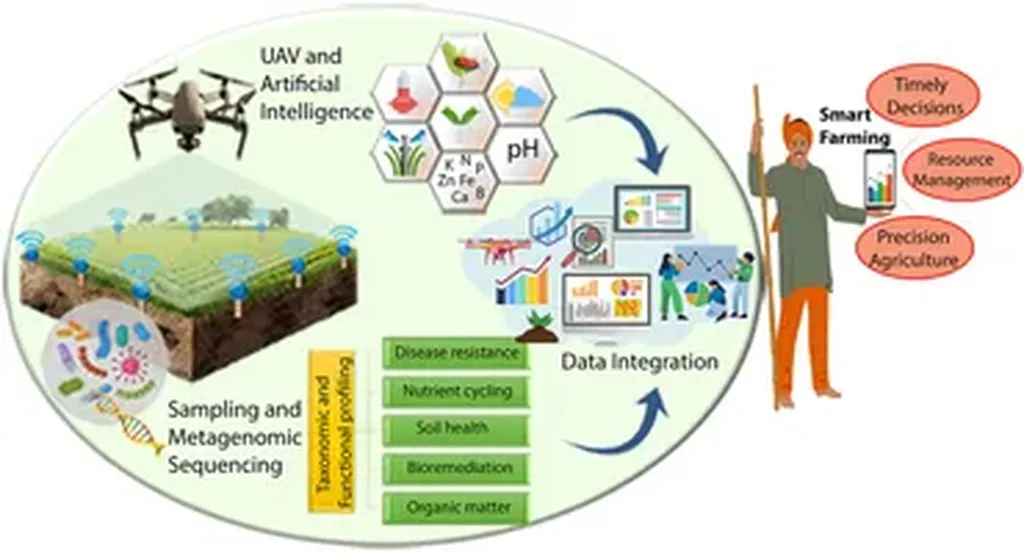In the heart of Meghalaya, India, a groundbreaking study led by Raj Kumar Goel from the Department of Computer Application at North-Eastern Hill University is reshaping our understanding of productive and sustainable agriculture (PSA). By harnessing the power of remote sensing and the Internet of Things (IoT), Goel and his team are paving the way for a future where agriculture is not only productive but also environmentally conscious.
The study, published in the journal ‘Sustainable Futures’ (which translates to ‘Futuro Sostenible’ in English), focuses on the urgent need to balance agricultural productivity, environmental sustainability, and social justice. Goel emphasizes, “We are at a critical juncture where we must optimize agricultural output while protecting our natural ecosystems. This is not just about feeding the world; it’s about feeding it responsibly.”
The research highlights the pivotal role of Earth Observation (EO) data in monitoring agricultural indices, such as the Palmer Drought Severity Index. By integrating this data with IoT technologies, the team proposes a cohesive, technologically driven agricultural framework. This framework aims to maximize the synergistic use of human and natural resources, particularly in dry regions where regenerative, cyclical approaches to natural resources are most beneficial.
Goel’s work underscores the challenges in shaping digitalization in a socially responsible manner. “Only a few developed nations are close to achieving PSA, and no country has yet reached this goal,” he notes. “This creates a unique set of challenges and opportunities for the agricultural sector.”
The implications for the energy sector are significant. As agriculture becomes more efficient and sustainable, the demand for energy resources will evolve. This shift could drive innovation in renewable energy technologies tailored to agricultural needs, fostering a more integrated and resilient energy landscape.
The study also touches on the Global Agriculture Orientation Index (AOI), which measures how close countries are to achieving PSA. Goel’s findings suggest that countries with an AOI closer to 1 are better positioned to meet these goals. This metric could become a valuable tool for policymakers and investors looking to support agricultural advancements.
As we look to the future, Goel’s research offers a glimpse into a world where technology and sustainability go hand in hand. “The integration of EO data and IoT technologies is not just a technological advancement; it’s a paradigm shift in how we approach agriculture,” Goel explains. “It’s about creating a future where productivity and sustainability are not mutually exclusive but rather, mutually reinforcing.”
In an era where climate change and resource depletion are pressing concerns, Goel’s work provides a beacon of hope. By embracing these technological innovations, we can strive towards a future where agriculture is not only productive but also sustainable, resilient, and just. The journey towards this future is complex and challenging, but with the right tools and vision, it is within our reach.

